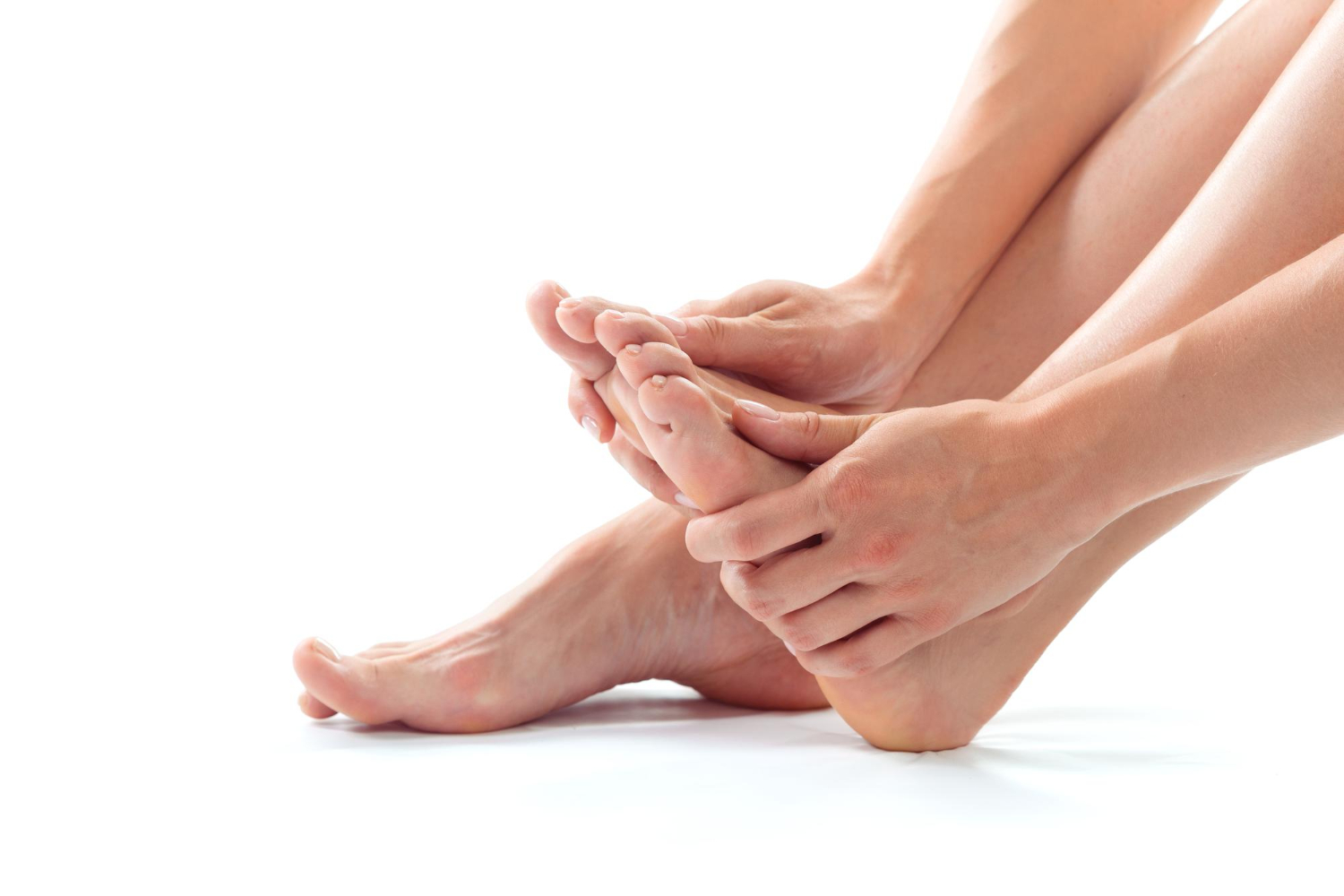
Heel pain can be debilitating, affecting your daily activities and quality of life. Whether it’s caused by plantar fasciitis, heel spurs, or other underlying conditions, finding effective treatment is essential. In this article, we’ll explore the best practices for heel pain treatment to help you find relief and get back on your feet.
Heel pain is a common ailment that can result from a variety of causes, including overuse, improper footwear, injury, or underlying medical conditions. Regardless of the cause, heel pain can be both uncomfortable and disruptive. Fortunately, there are several best practices that can help individuals manage and alleviate heel pain effectively.
Understanding the Root Cause
Before embarking on a treatment plan, it’s crucial to identify the underlying cause of your heel pain. Common culprits include plantar fasciitis, heel spurs, Achilles tendonitis, and stress fractures. Each of these conditions requires a tailored approach for effective treatment.

RICE Method for Immediate Relief
For acute heel pain caused by injuries or inflammation, the RICE method can provide immediate relief:
- Rest: Avoid putting excessive weight on the affected foot.
- Ice: Apply ice packs to the heel for 15-20 minutes several times a day.
- Compression: Use a compression bandage to reduce swelling.
- Elevation: Elevate the foot above heart level whenever possible to minimize swelling.
Heel Pain Treatment Options
- Stretching and Exercises
Stretching exercises can help alleviate heel pain by improving flexibility and strength in the affected area. Focus on calf and Achilles stretches, as well as exercises that target the plantar fascia. - Proper Footwear
Wearing supportive and well-fitting shoes is paramount for heel pain relief. Look for shoes with adequate arch support and cushioning. Orthotic insoles can also provide additional support. - Physical Therapy
Physical therapy sessions with a trained professional can be beneficial for chronic heel pain. They can guide you through exercises and techniques that promote healing and reduce pain. - Orthotic Devices
Custom or over-the-counter orthotic devices can help distribute pressure evenly across the foot, reducing strain on the heel. - Medications
Non-steroidal anti-inflammatory drugs (NSAIDs) can be used to manage pain and reduce inflammation. Consult with a healthcare provider before using any medication. - Corticosteroid Injections
In some cases, corticosteroid injections may be recommended to reduce inflammation and provide temporary relief from severe pain. - Shockwave Therapy
Extracorporeal shockwave therapy (ESWT) is a non-invasive treatment option that uses shockwaves to stimulate healing in the affected area.
Conclusion
Heel pain can be a challenging condition to endure, but with the right approach to treatment, relief is within reach. Identifying the root cause of your heel pain is the first step, followed by implementing a combination of stretching exercises, proper footwear, and, when necessary, professional treatments like physical therapy or orthotic devices. Remember that each person’s heel pain may have unique causes and responses to treatment, so consult with a healthcare provider for a personalized plan tailored to your specific needs. By following these best practices, you can take significant strides towards alleviating heel pain and enjoying a more comfortable, active life.















